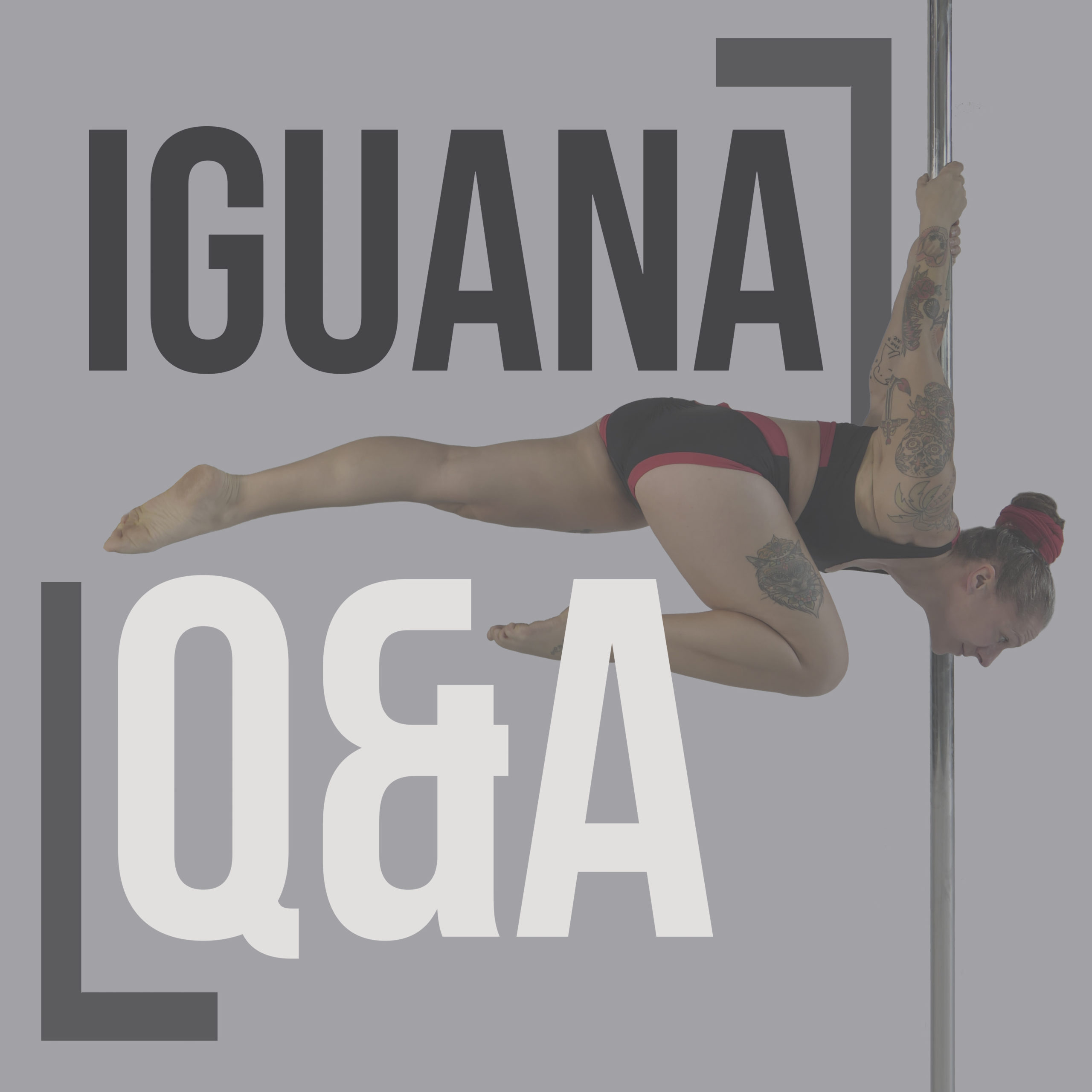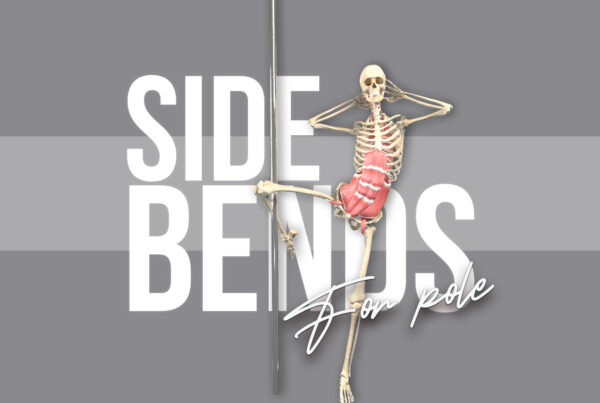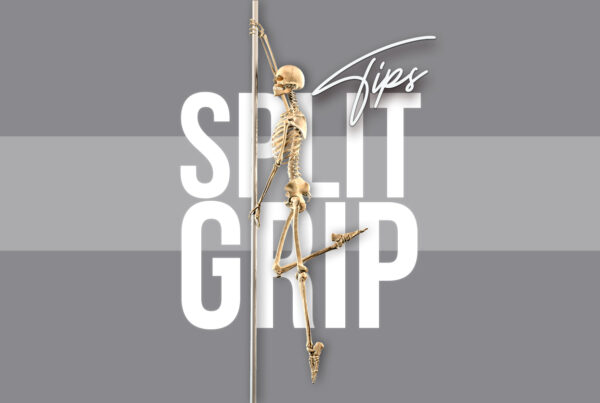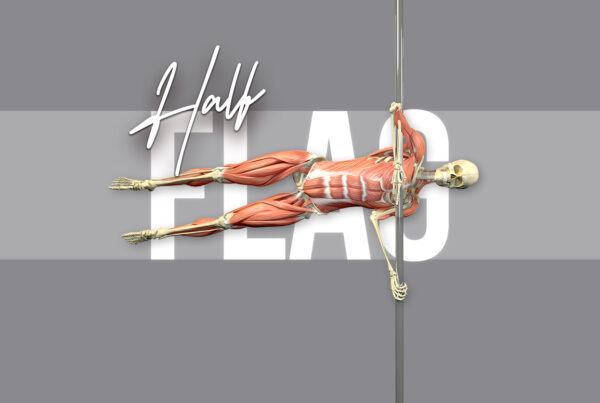Right, where were we, before the world turned upside down? Oh right, yes, the Iguana!
I promised I would answer any outstanding Iguana questions that I didn’t cover off in either my last Iguana Anatomy blog or my Strength and Conditioning for Iguana blog so here goes…
Q: I love this move but it hurts my wrists on the outside of my wrist. I’d love to learn any tips for this!
It’s difficult to answer this one without seeing your positioning. It could be a simple technique fix, or it could be something very specific to you and your own movement mechanics. If in doubt, I would always recommend seeing a physiotherapist about pain issues like this, because they will be able to properly investigate whether there are any mobility issues or other underlying reasons.
That said, let’s take a look at what’s going on, generally, with our wrists in the Iguana. You can then check your form and see if maybe your wrist positioning makes a difference to how it feels.
When we grab the pole behind us for our Iguana, our wrists tend to be in a position of ‘ulna deviation’, which is the side bending of the wrist on the ‘pinky finger’ side (outside) of the wrist.
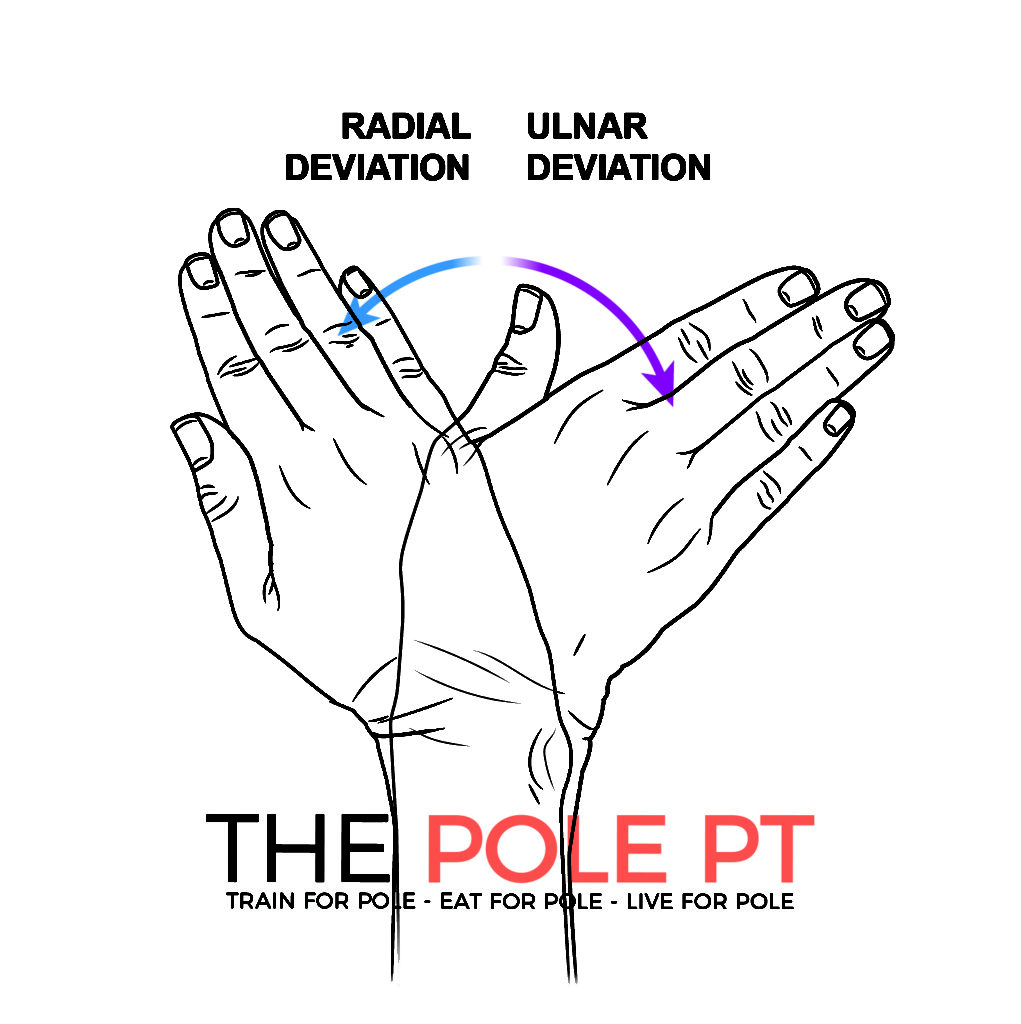
At a guess, I would say that it is this position that is causing issues for you.
If we create more external rotation with the arms and ‘wrap’ our hands behind the pole more, it can reduce the severity of this ulna deviation position. I’m exaggerating it here in this screenshot, but hopefully you get the idea! The only issue here is that externally rotating from the shoulder like this may reduce the range of shoulder extension we can acheive, so… as always it’s a balancing act to acheive the most comfortable position for you while trying to avoid extreme range of motion from any one joint!
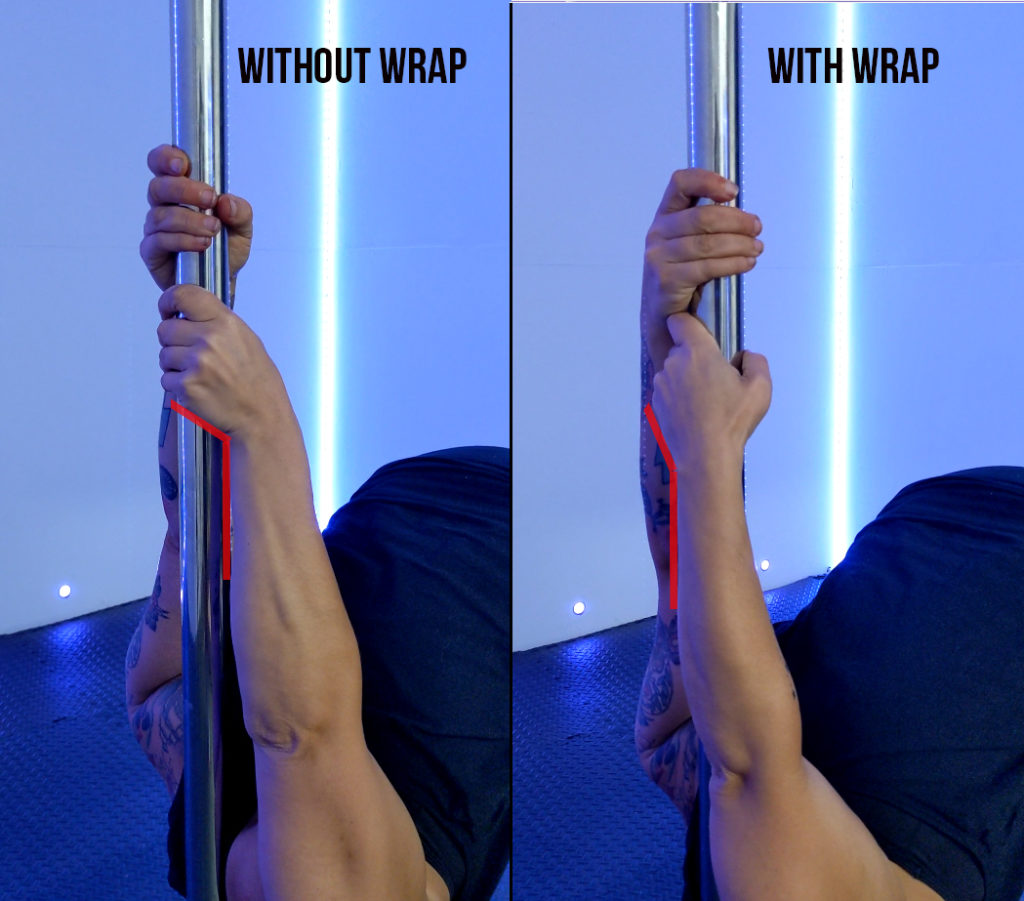
Here is what the difference between those two positions looks like:
I’d recommend taking a look at your ‘go-to’ wrist positioning in your Iguana. A small adjustment in your grip positioning to ‘wrap’ the hands more round the back of the pole like this may make this position a lot more comfortable for you.
Q: Any tips for getting the Iguana planche flat? My butt always sticks up!
This ‘butt sticking up’ feature of the planche happens when we move our hips into an anteriorly tilted position. The opposite of this – a posterior pelvic tilt – not only creates a better line but also helps to protect our lower back and enables us to maintain core engagement and control.
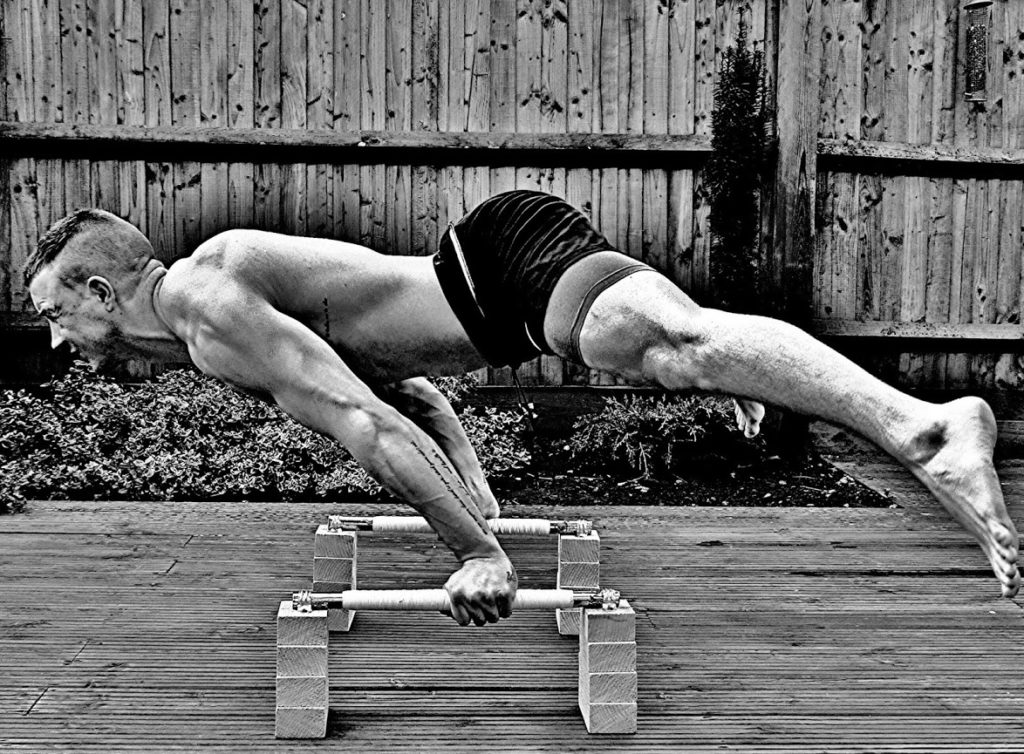
Okay, I don’t know who this guy is (thanks Google images) and he is not on the pole, but you can clearly see in his planche position this ‘butt up’, anteriorly tilted pelvis position that we’re talking about.
My tips for this would be to work on strengthening the posterior tilt position. As an awareness drill, doing pelvic tilts using a resistance band might be useful, but you can further strengthen the position off the pole using hollowbody holds, and exercises like moving through the tilt while in a handstand if you are more advanced and want to work on that pelvic tilt motion in a more open-chain position (with the legs in the air rather than on the floor).
ON the pole, you could try working on your planche with one leg tucked, like I am demonstrating in the video below. The tucked leg will keep you in a posterior pelvic tilt, so you can start to build more strength and awareness in that position.
Q: Why can I lift into my Iguana from the ground but struggle coming down into it from a layback?
This could be caused by one – or a combination of – many different things! Here’s my take on it…
- Body awareness – If you begin a movement with your feet on the ground, like the Iguana deadlift from the floor, most people will have a more solid connection and understanding of where their body is in space. This can give us a lot more confidence and make the process of learning the movement pattern simpler.
- Fear – Firstly, lowering into an Iguana from a layback is typically done much higher up the pole. We also need to be 100% confident in our hand grip and core strength because when we release our legs, that’s all we got! We are literally upside down, heading backwards towards the floor whilst simultaneously having to release the security of our leg grip and make the shift to our hand grip. Gulps.
Fear of heights? Check. ✔
Doubt and uncertainty about whether the copious amounts of dry hands I just applied was enough? Check. ✔
Releasing the security blanket of my leg grip? Okay, I’m out.
- Engagement – in the same way that some people find an Ayesha easy from a handspring, but not from an invert, I think there is something in the idea that to deadlift your Iguana from the floor, you have to have your engagement on point right from the start. Your core, shoulders and leg muscles are all switched on and working hard before you even get to the final Iguana position, so by the time you get there, you are fully in control of your body and all the right bits are engaged in that position. When lowering into the Iguana from a layback, it’s possible to cheat yourself out of the shoulder and core engagement required and just hang off the position, which will feel a lot less stable. It could just be that your body hasn’t learned how to ‘switch on’ the necessary engagement when you lower back into it, whereas from a deadlift, there’s no cheatin’ – you gotta be in full ninja engaged mode.
- Bent arm position – When we deadlift our Iguana, our arms begin straight and stay straight throughout the movement. When we grab the pole behind us in our layback position, our arms are bent. We then have to release our leg grip and lower from this bent arm position into the straight arm position. This transition is not only a tiny bit terrifying, but it also adds more complexity to the movement and an additional eccentric load on our biceps. When we deadlift, because we begin with our arms straight – we’re already engaging all the muscles that need to be engaged for the final position – we HAVE to, we won’t be able to lift our feet off the floor if we don’t.
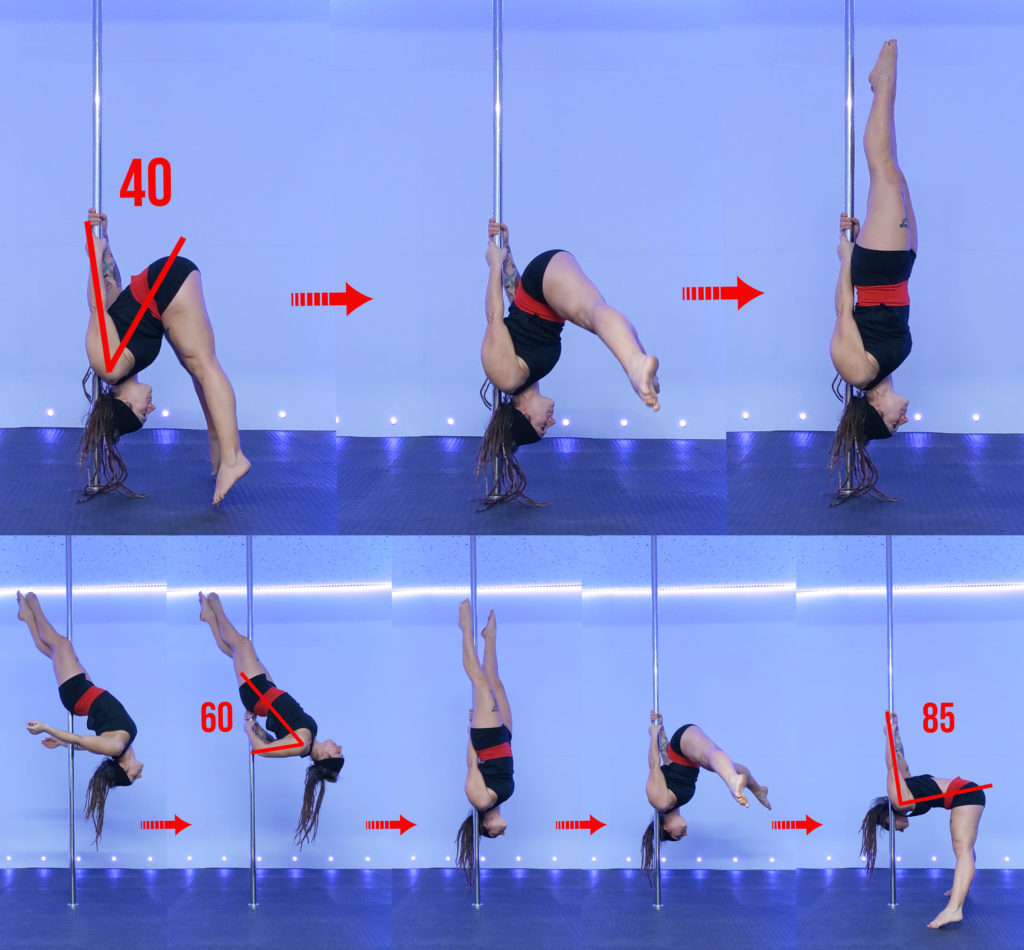
It’s also worth noting here that the bent arm position requires a greater degree of shoulder extension. So if you have mobility restrictions here, or are not strong in this degree of extension, it’s gonna feel a lot less secure!
Q: Iguana is my favourite trick, but in my photos I notice I’m not completely vertical. I’m always slightly on the diagonal. Is this a concern and do I need to make a specific adjustment to appear more stacked?
I’m guessing you are talking about this kind of difference:
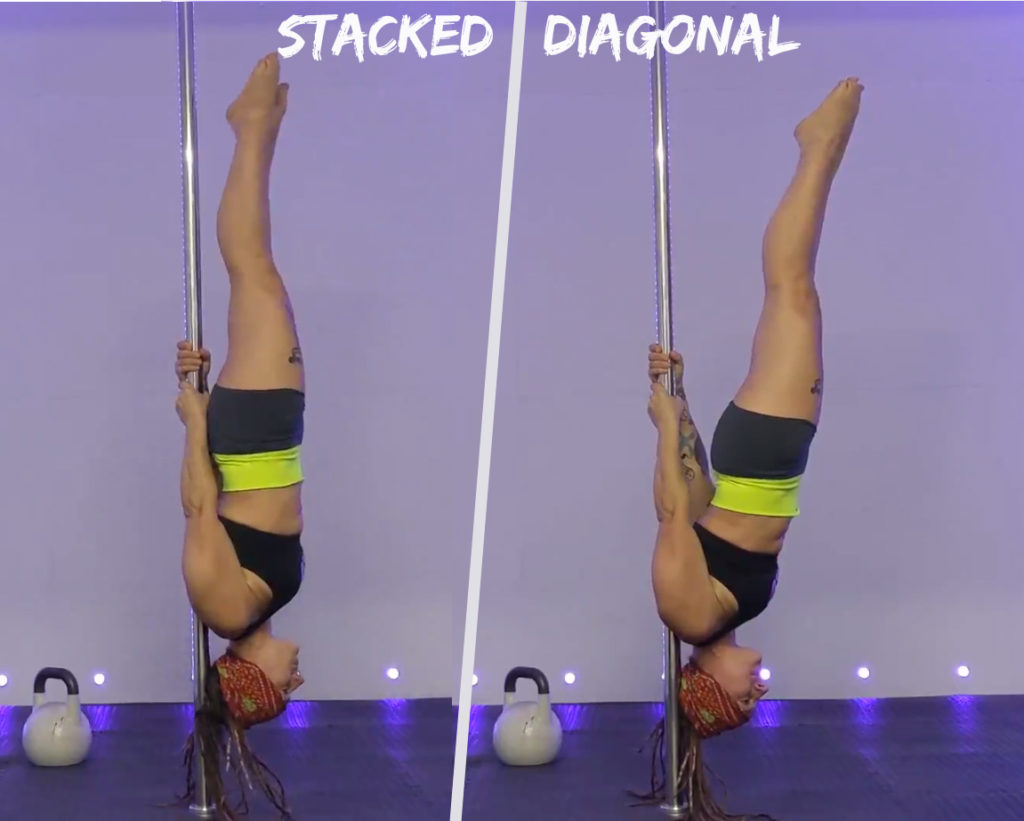
Assuming you are strong and stable in this diagonal position and are maintaining shoulder and core engagement, I wouldn’t say that it is a concern.
Technically, the diagonal position takes more energy to hold than the stacked position, because you are creating a longer lever from your point of contact with the pole.
When I see students doing this, it is usually just a body awareness thing, and they ‘feel’ like they are stacked but in reality they just need to come back a tiny bit further to get that stacking point. My favourite cue for getting students to stack here is to think about pulling your hands towards your butt / your butt towards your hands – but while maintaining your ‘plank’ position. Sometimes this small directional cue makes all the difference!
Q: Exit strategies! What is the best way to dismount from the Iguana? When I come back down, I just end up falling on my head!
Firstly, crash mats are your friend – especially for moves like the Iguana where if we slide, our head is first in line for the floor. It’s absolutely crucial to consider exit strategies before going into moves. Thinking about how you are going to get out of it should be just as much of a priority as how to get into it.
If you are learning the Iguana, make sure you have a spotter on hand, too! They will be able to help guide you in and out of the position and support some of your weight while you learn the movement pattern.
I would recommend learning the tucked lift and lower from the floor first, sticking with this assistance from a spotter until you are confident enough to both lift into and lower out of the move on your own. Your spotter will also be able to help control your descent to the floor if you begin to slide down, so you can tuck your chin and safely exit. Eventually, you’ll be able to slowly lower out with the legs tucked and be in full control of the movement – this is when I would say that you may be ready to do the move without your spotter and look at trying different entries and exits.
Once you are comfortable with it, there are SO MANY awesome exits out of the Iguana, but one of my favourites for students who are first learning this move is the bow and arrow exit. It is super pretty and will allow you to control the lowering of your torso so you can get your ‘free’ foot back safely on the floor
Whether you use this exit or not, I would recommend getting used to this ‘foot grip’ on the pole, because you can use it as a break to slow down your descent if you feel like your hands are sliding in the Iguana position. You can then make a controlled ‘tuck and roll’ out of the move if you need to, as demoed in the video below.
BONUS TIP: if you have long locks, please tie them up so you don’t end up awkwardly trapped by your own hair!
Q: I’d love to know why I can deadlift an elbow stand but can’t seem to deadlift the Iguana!
Although the elbow stand requires a similar movement and core engagement as the Iguana lift, the Iguana is A LOT more complex.
Reason 1: Harder start position
We can walk our feet in much further in our elbow stand, because our head is closer to the floor and the pole is not in the way. This means we can get our hips further back – above or behind our shoulders – and create the ‘tipping point’ where we just *just! haha!* need to lift the legs up.
In our Iguana deadlift, the mechanics are very different because we don’t have that optimal ‘tipping point’ – our bodyweight wants to pull us back down to the floor, so we have to lift not only our legs, but our torso too.
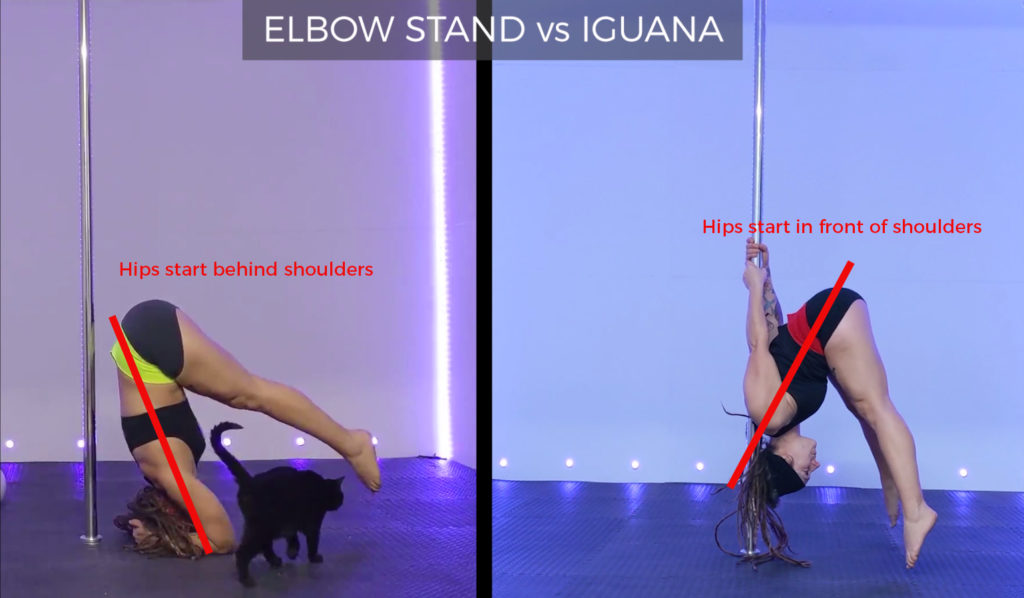
Reason 2: Less stability
With both forearms planted on solid ground, the elbow stand provides a much more stable base from which to lift our legs. Our upper body in the Iguana is less stable because we are now holding a pole behind our back, so we have the added complexity of having to pull in this position of shoulder extension, as well as moving our legs up in the air. Without the stable base of the floor, our spine is also in a much less stable position, so we need to stabilise against more side-to-side motion, too.
It’s possible that you are lacking some strength/engagement either in your shoulders/back for the pull, or in the additional core stability demands of lifting from the much less stable and much harder position of the Iguana. Alternatively (or as well as), it might just be that you are so used to performing the movement from an elbow stand that your brain just isn’t sure how to engage in this completely different set up.
Phew! I’m all Iguana-ed out…
…but if I didn’t answer your Iguana question here, please feel free to message me on Instagram @ptthepole or Facebook @thepolept
Thanks for reading – and if you love to geek out on pole biomechanics, anatomy and strength and conditioning, I think you’ll love my book – Strength and Conditioning for Pole!


